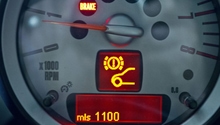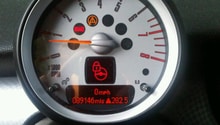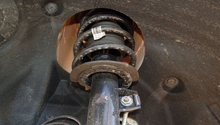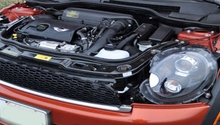Mini Cooper 2007-2013: Warning Lights
The warning lights are your Mini Cooper's way of telling you something is wrong. Read on to learn the language.
This article applies to the Mini Cooper (2007-2013).
The 2nd generation R56 Mini Cooper is a modern, advanced car with all the expected computers, sensors, and warning lights to let the driver know that service is needed. If you have never owned a Mini, or any other European car, some of the warning light may seem a bit strange to you. A good rule of thumb is to treat all warning lights seriously, but there are two levels of warning. Generally, any red warning light is considered an urgent issue, and you shouldn't be driving the vehicle with it on. Any orange or yellow warning lights indicate something is off or something needs attention soon, like maintenance or an oil change, but you can continue to drive for a few hundred miles until you can get it looked at. The only exception to that rule is the runflat tire warning light (#21 below) which indicates you have a tire below proper inflation and should slow down and check it at the next possible service station.
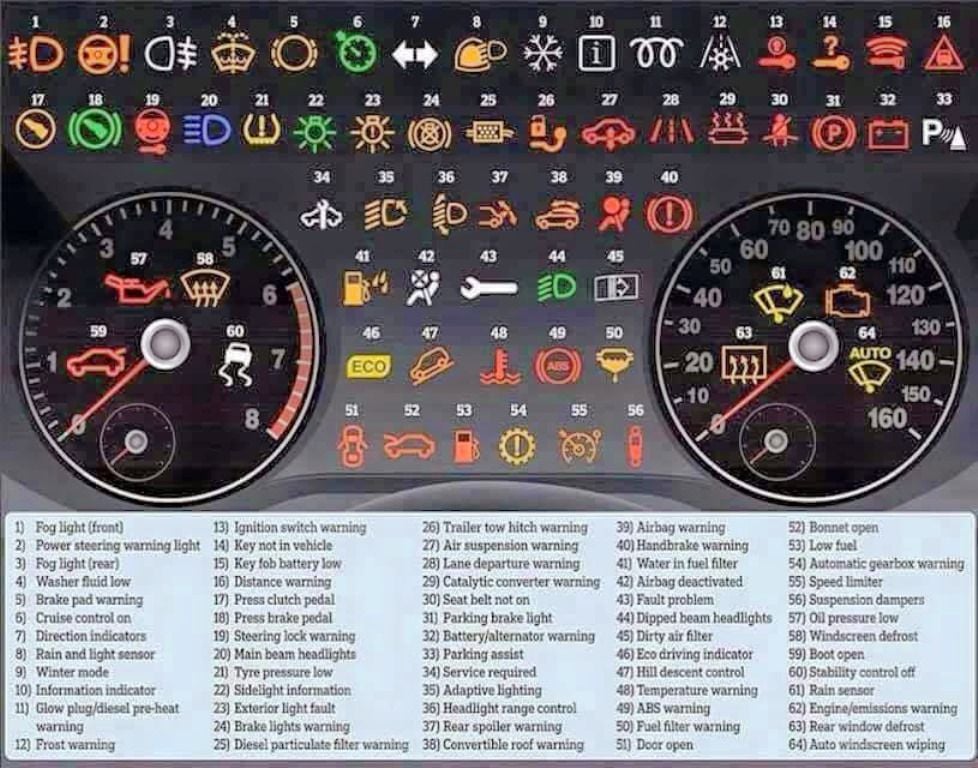
Diagnosing Warning Light
Although most of your warning lights will indicate a culprit, a lot of times they will lead you to the general area. For instance, a brake warning light will lead you to the brake system, but it won't tell you exactly what is causing the issue, it could be your brake pads being worn or it could be low fluid. There is a way to find out more specifics, and that is by connecting an OBD-ll scanner, which many shops will do for free. Once you connect a scanner to the port, which is located under the dashboard, on the driver's side, your scanner will give you diagnostic codes. You can then do an online search for the trouble code and find out what the OBD system is trying to tell you. There is a BMW/Mini specific code list at the link here: OBD-II Codes.

Brake Warning Light
The brake warning light could arguably be the most important warning light, and although there are other very serious warning lights, this light is the most serious when it comes to your safety. Whenever you see this light in red, stop the car and find out why. Fortunately, this light comes on as soon as something wrong is sensed in the brake system, so your brakes will still work, but who knows for how much longer if you ignore it. This light indicates there is something wrong in the brake system—it could be something important like the fluid is low (indicating a possible leak)—but it could also be activated by driving with the parking brake on. So the first thing to check is that the emergency brake is fully deactivated, then check the brake fluid and top off if needed. If the fluid was low, that either indicates very worn brake pads or a leak somewhere, so look at each wheel for a wet spot.

Engine Temp Warning Light
This is another light that you should be taking very seriously, and this time for the sake of your Mini Cooper's safety. The engine temperature light goes on when the motor is running hot, and something is wrong with the cooling system. It could be a coolant leak, faulty radiator, bad cooling fan, or anything that could cause your engine to overheat. Whenever you see this light, stop immediately. The more you drive with this light on, the better the chance are you will serious damage the engine. Also, remember to never remove a hot radiator cap, as the stream and pressurized water can spray you and cause serious burns. Pull over, pop the hood and check that the electric fan is working, then let the motor cool and refill the coolant.
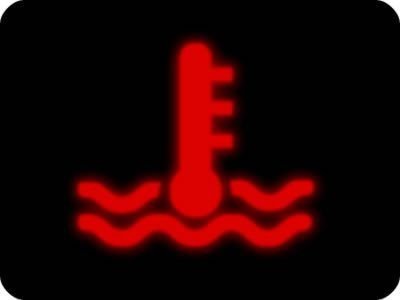
Engine Oil Warning Light
The engine oil is designed to work as lubricant for the inside of your engine, which prevents the metal components to wear. This warning light comes on when you have low oil or low oil pressure. This warning light is red for a reason, because the longer you drive with it on, the more internal damage will occur in your engine. Stop the vehicle when you see this light and check the oil using the dipstick. Add more oil if needed, but don't drive with this light on.

Charging System Warning Light
This battery-looking warning light indicates something is wrong with your charging system. The most likely causes are an old battery that is no longer able to hold 12 volts, or an alternator that is no longer putting out the proper voltage to charge the battery. Driving with this light on won't continue for very long if the battery isn't getting charged. Shut off all unnecessary electronic accessories, and have the battery as well as charging system tested ASAP.

General Warning Light
This warning light happens when the car has an important message to you. To find out what the message is, click on your control button and the message should appear in the dash readout. This warning light could appear in red or orange depending on the urgency of the issue.

Power Steering Warning Light
This warning light hardly ever appears in red, and it usually comes on when you either have a power steering leak, which means low power steering fluid, or when it's time to replace your power steering fluid. If this comes on, get home safe, then check the level and condition of the fluid. Always look for leaks around the power steering pump and rack. If the level is correct, plan on having the fluid flushed at your next service stop.

Check Engine Warning Light
The check engine light is more common that you may think, so don't feel like your engine is failing. This light goes on when there is something wrong with a part related to your engine. The best and easiest way to find the specific issue for this warning light is to connect an OBD-ll scanner to your Mini and have it tell you what's wrong. Some likely causes are a misfire, a clogged fuel injector, a dirty MAF sensor, or a failing O2 sensor.
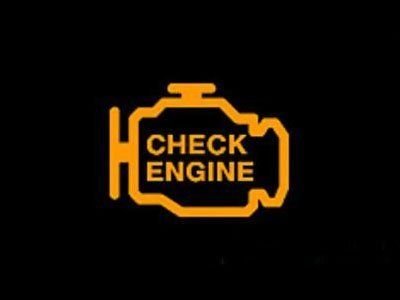
ABS Warning Light
The reason the ABS warning light appears in yellow is because technically you can drive your Mini Cooper without ABS, but it isn't recommended. Often this could be a small problem, such as a bad ABS sensor or even a dirty one that needs cleaning, or it could mean your ABS system needs professional attention.
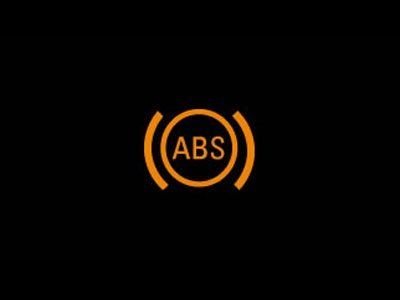
Related Discussions
- Oil Level Warning Light - NorthAmericanMotoring.com
- Snow Flake Warning Light - NorthAmericanMotoring.com

